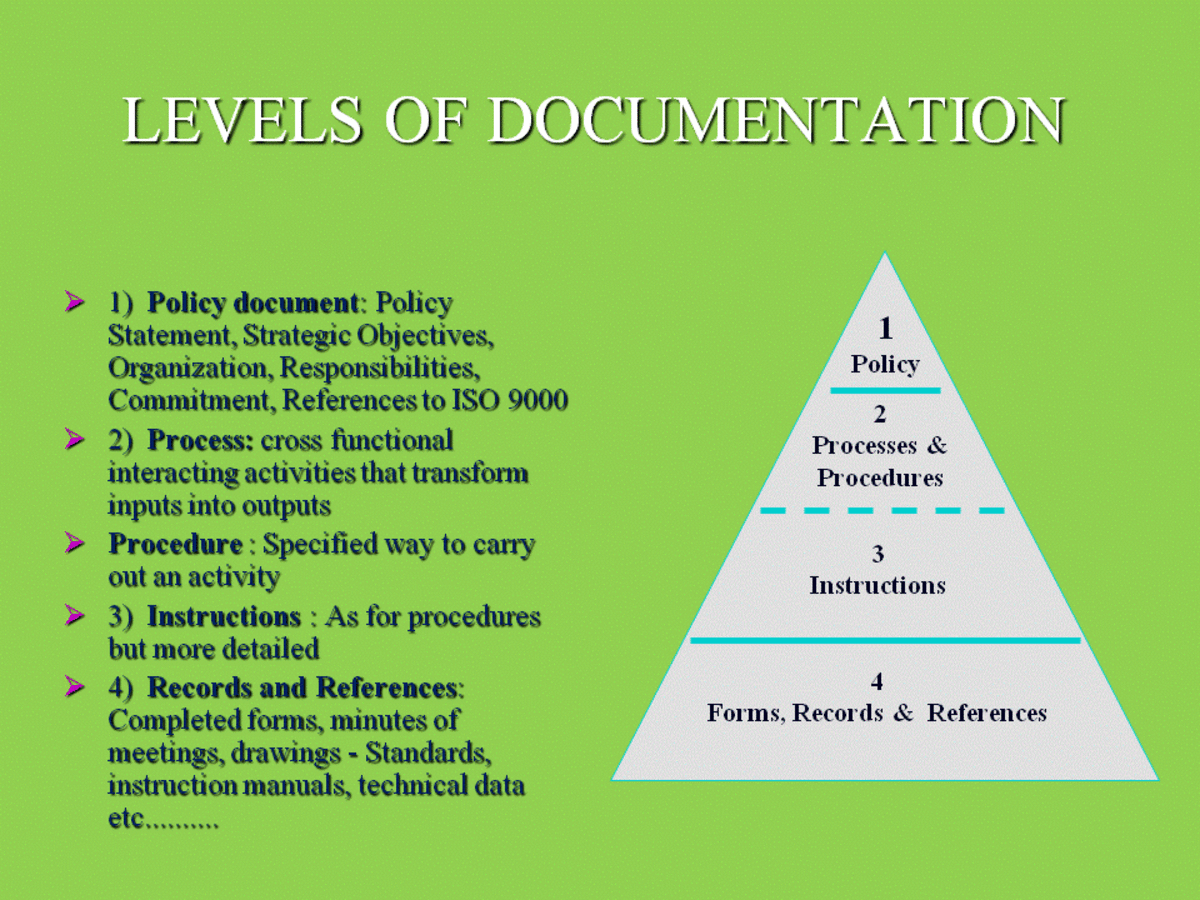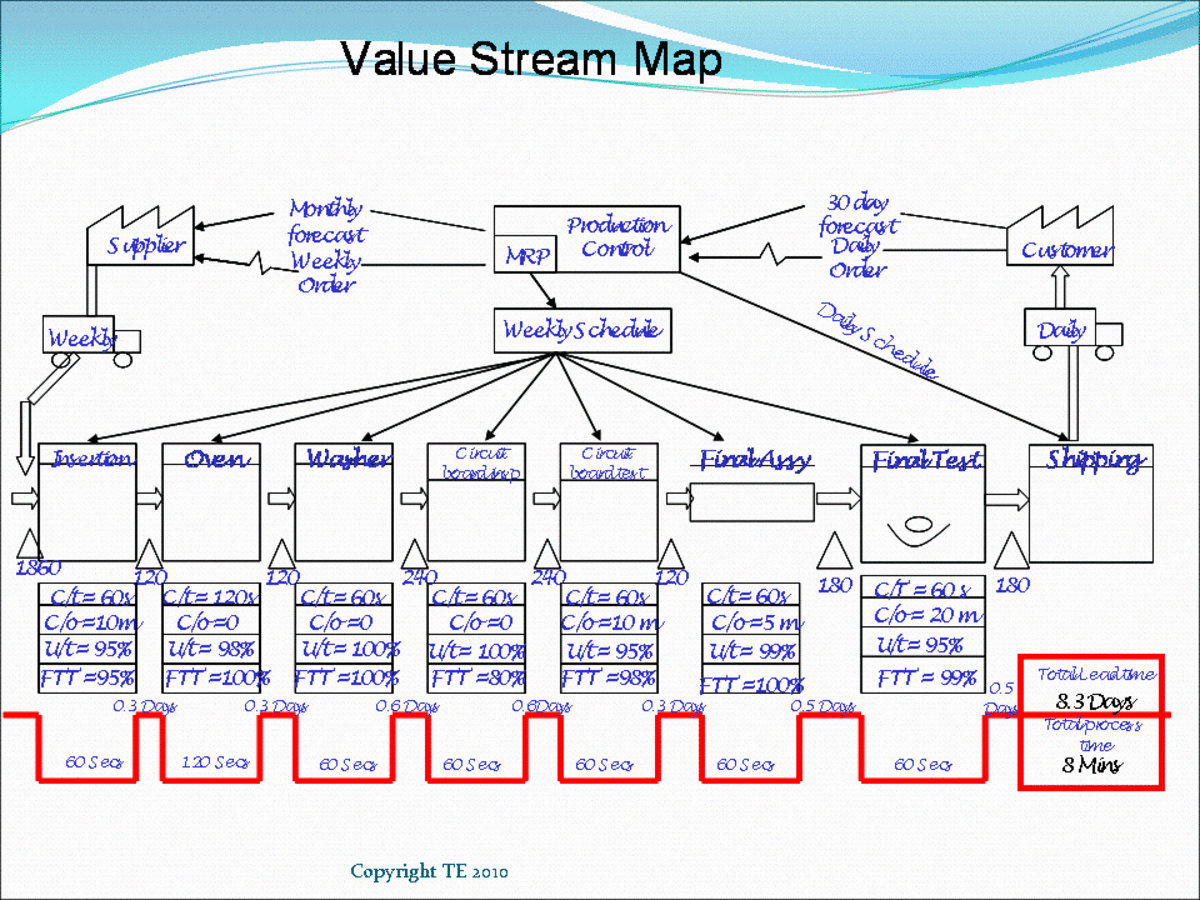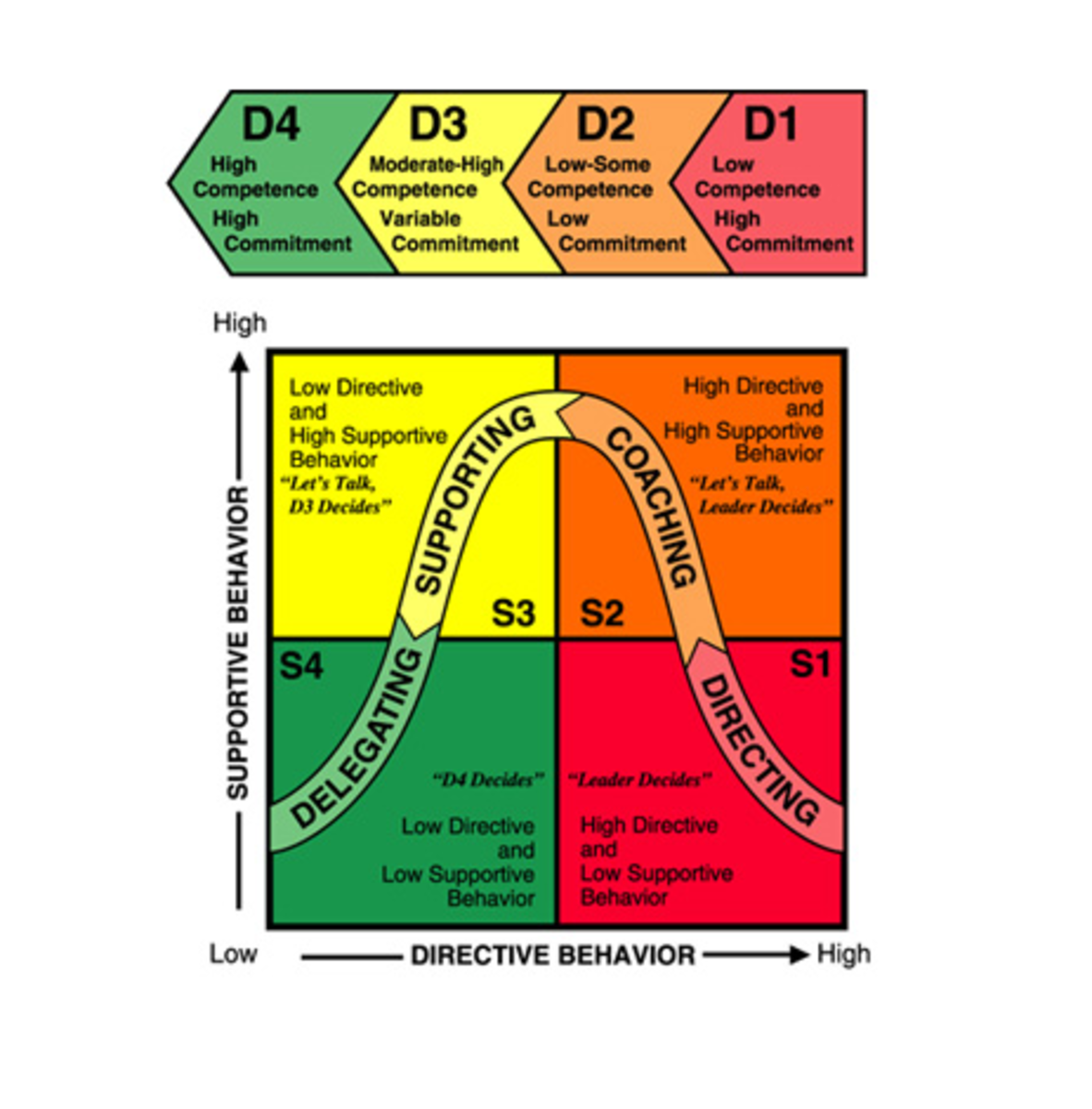It's All About the Firm's Values!

Introduction
Every organization has a unique way of doing things. This way may include procedures to process paperwork, methods for decision-making, and even ways to communicate with one another. All of this and more is known as organizational culture. Every organization in the world, from the largest company to the smallest group, has a culture. At the center of this culture is a system of values. This article examines a firm’s value system and the effects of that system.
Why Have Organizational Values?
Simply put, a value is an enduring belief or ideal. Every individual has a system of values, a list of important priorities such as being a good human being or helping others. Some people do not such good values and run against the nature of society. As with individuals, organizations also have values. Sometimes those values are the same as individuals, most notably when an organization is formed and the founders imprint their values on the organization. Generally, organizational values are broader such as meeting the customers’ needs or maximizing sales.
The value system of an organization should be a set of guiding principles for every decision made in the organization. For example, if, as above, a firm most values meeting the customer’s needs, then every decision will be made to accomplish this value. However, if the highest value is to maximize sales, then customer needs will take a lower priority so the higher priority of making sales is satisfied. Both cannot be done at the same time. This is why value systems have a priority list based on circumstances. Thus, when a decision needs to be made, it should be made with the highest value first, then the next highest value, and so forth. Thus, a value system is important for guiding the actions of a firm.

Complications Can Arise
While this may sound very wonderful, negative things do happen. One of things is that value systems do not stay strong. Usually, when a firm is organized, the founders place their values into the firm and manage the firm with those values in mind. Unless the value system is constantly reinforced, eventually it will soften into a very loose system of values that may only occasionally be observed. Organizational values, if they are to be guiding forces in an organization, must be reinforced by management constantly. When these values are not reinforced, then the original values get pushed downward in the list and are often replaced with individual employee values. Quite often this results in many different sets of organizational values derived from what employees want the values to be.
Another complication with organizational values is one that management creates. Management can create situations where there are three sanctioned sets of organizational values. As stated previously, when an organization is created, the founders start with a set of values, often written down into a values statement. These values are called the espoused values. Through time, management may begin making decisions under a different set of values, called the enacted values. When the espoused values are not used for decision-making, the enacted set often creeps in and, over time, can diverge significantly from the espoused values. Management in its duty to interact with those outside the firm can portray a third set of values called perceived values. This set of values comes from the words that are said by management, usually to make someone or something look good. An example here would be beneficial.
Suppose XYZ company is formed and the original founders wanted a company that made high quality products, marketed the products emphasizing quality, and created a values statement with that message. The company initially has its espoused values, its enacted values, the perceived values all the same. Over time, some of the production managers started seeing costs rise, so they began to order cheaper materials to reduce those costs. As a result, quality went down. At this point, the company still has the espoused value of making quality products, but an enacted value of saving money on material. While this is happening, the sales department is branding the product so that it would sell in middle class stores. This perceived value would send the message that the product is not high quality, but not cheap either. Thus, the company has in the end three different value systems that are contradictory.
Conclusion
As one can see, having multiple value systems creates many issues. Confusion is the obvious one. Confusion by those looking at the firm raises the question of what the company holds dear. There is also confusion on the part of the employees because they do not know which value system should be used for decision-making. Finally, there is confusion as to whether management really means what it says.
The point is that organizations need to have a strong value system and that system needs to be reinforced regularly by management. Care must be taken to avoid saying or doing anything that is contrary to the value system. When there is one strong value system, everyone feels more secure regarding the firm.








